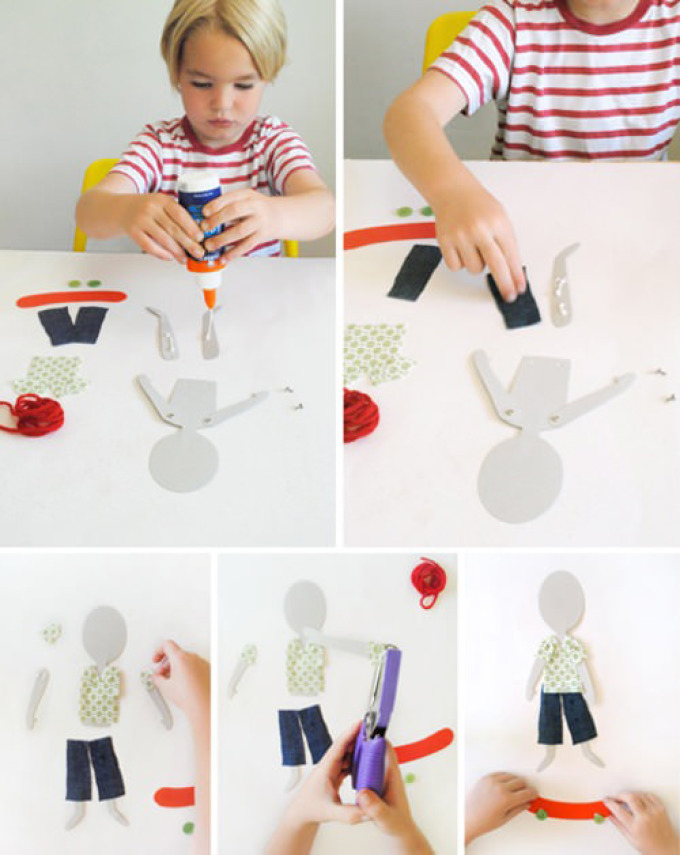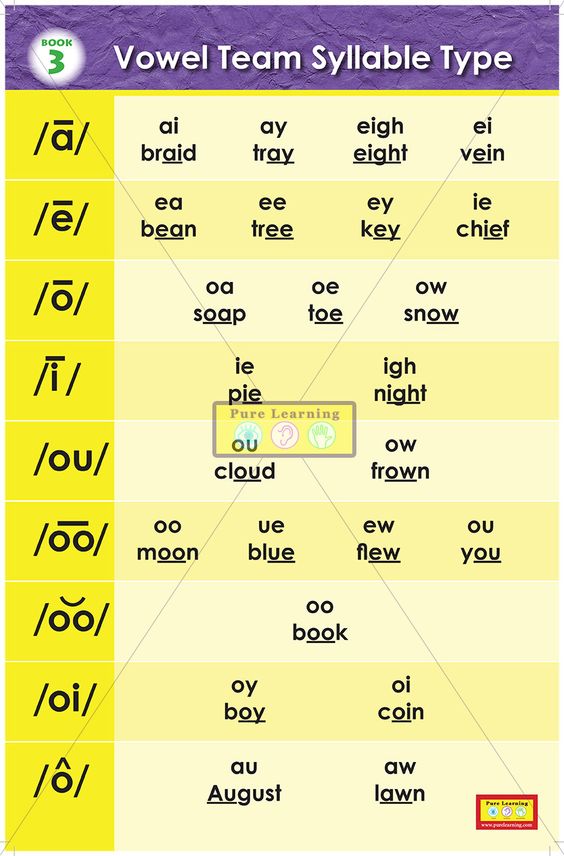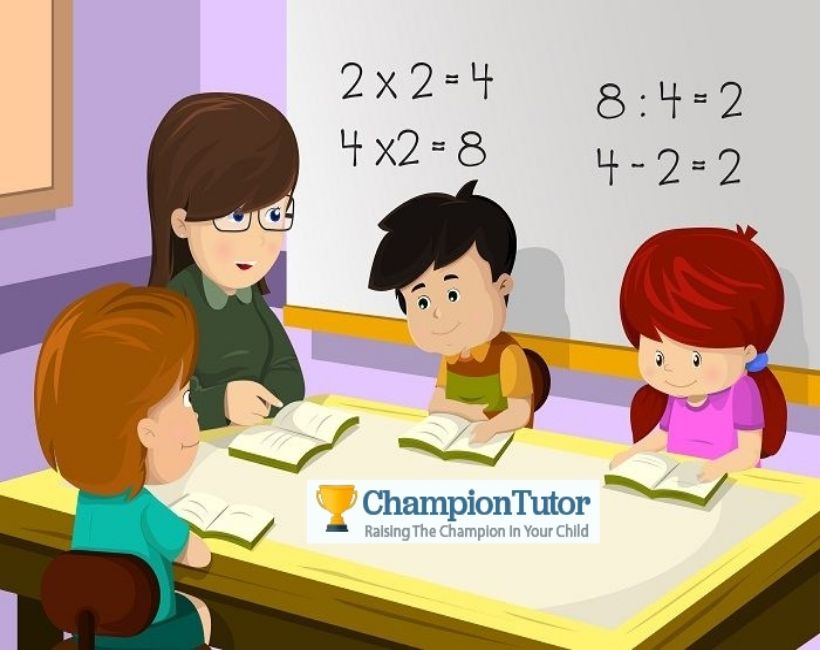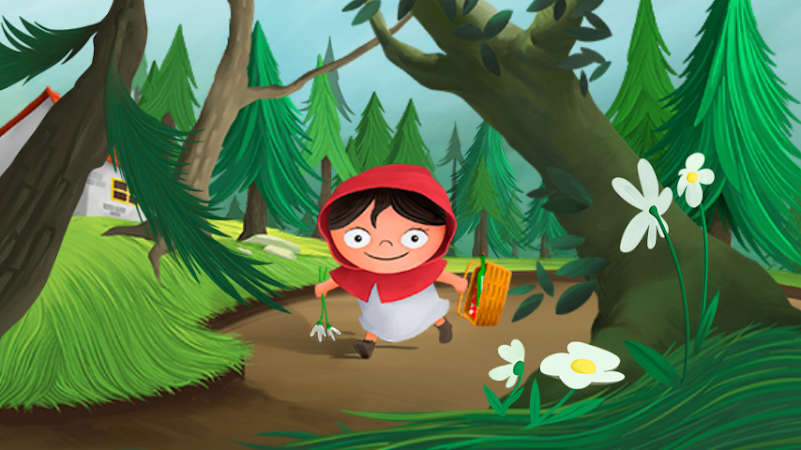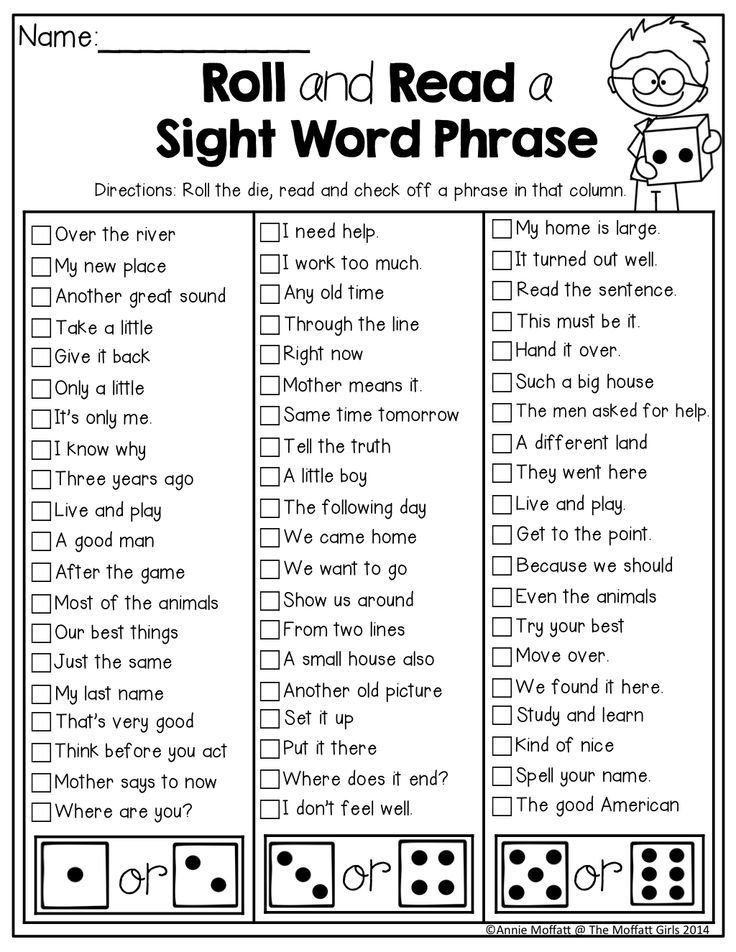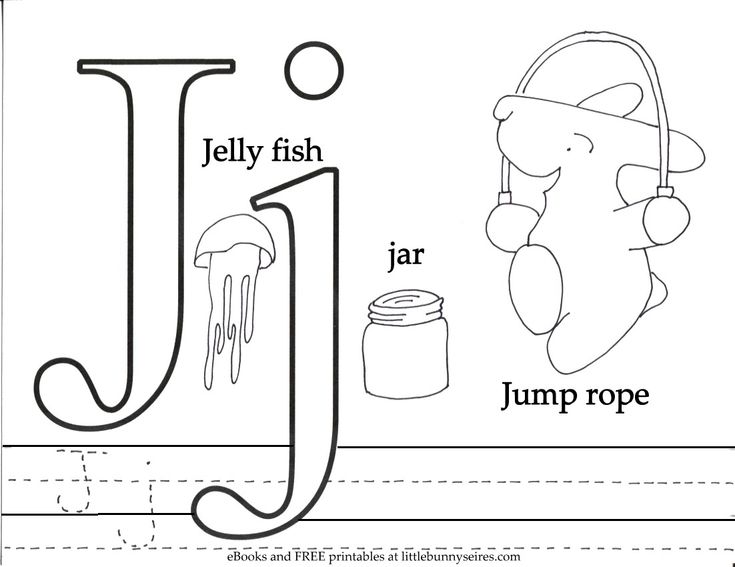Alphabet a story
Meet the Letter A
None Introducing an absolutely awesome way to learn the about the letter A! It’s an animated story and all the most important words in the story begin with, you guessed it, the letter A! It seems there is an astronaut who has a magical Allosaurus dinosaur that can turn into a spaceship! There is also a very special apple named Apple A! After the story ends, you’re challenged to name all the A words you found in the story. Introducing an absolutely awesome way to learn the about the letter A! It’s an animated story and all the most important words in the story begin with, you guessed it, the letter A! It seems there is an astronaut who has a magical Allosaurus dinosaur that can turn into a spaceship! There is also a very special apple named Apple A! After the story ends, you’re challenged to name all the A words you found in the story. show full description Show Short DescriptionKindergarten
Find short stories with pictures that are great for kindergarten reading level. Your child can learn about all the letters in the alphabet in the Meet The Letter series and learn to count in Monster Birthday Surprise.
view all
Meet the Letter A
Meet the Letter B
Meet the Letter C
Meet the Letter D
Meet the Letter E
Meet the Letter F
Meet the Letter G
Meet the Letter H
Meet the Letter I
Meet the Letter J
Meet the Letter K
Meet the Letter L
Meet the Letter M
Meet the Letter N
Meet the Letter O
Meet the Letter P
Meet the Letter Q
Meet the Letter R
Meet the Letter S
Meet the Letter T
Hamsters Holding Hands
Monster Music Factory
Monster Birthday Surprise
One membership, two learning apps for ages 2-8.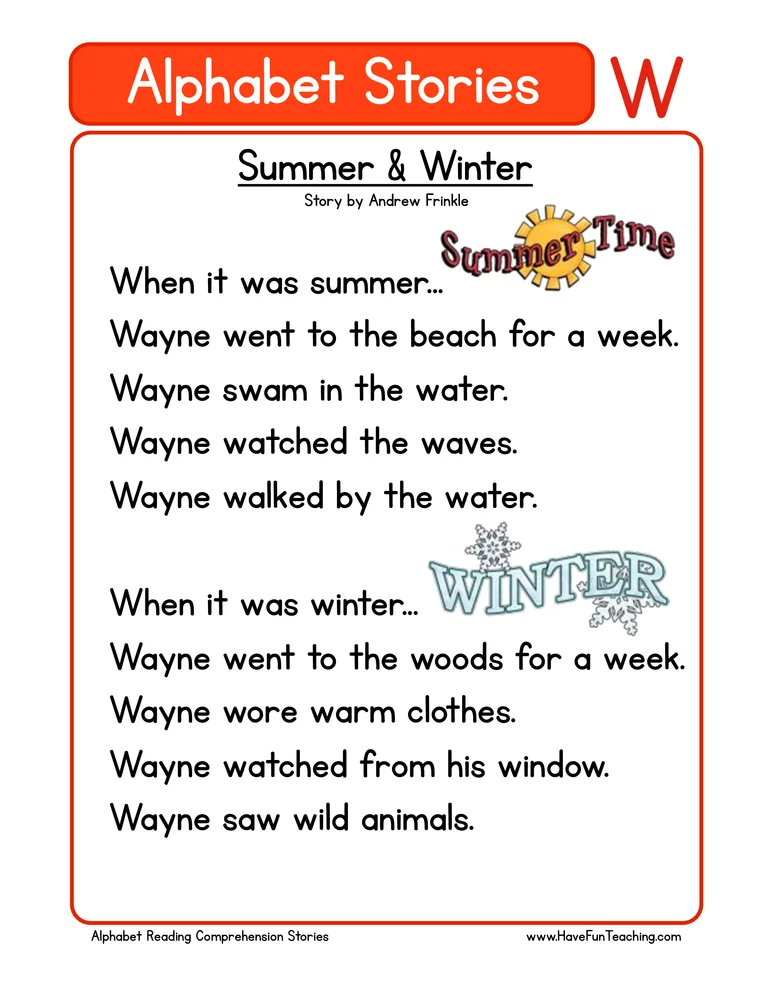
TRY IT FOR FREE
Full Text
Now we’re gonna hear a story with words which start with A. A line here, a line here, and then across. That is the uppercase A. A circle and then a line down like this. That is lowercase a. It is the start of the A, B, C. Some words start with the letter A are . . . apple, astronaut, Allosaurus. We are gonna hear a story. Once upon a time, the astronaut had this Allosaurus dinosaur, and the Allosaurus turned into a spaceship. Apple A was sitting in the spaceship. Then the astronaut went in the spaceship with still Apple A in it. Then Apple A made the picture of outer space. Apple A went on the backseat. They went to Atlanta! The end. A. What A words did you find in the story?
1
We take your child's unique passions
2
Add their current reading level
3
And create a personalized learn-to-read plan
4
That teaches them to read and love reading
TRY IT FOR FREE
Alphabet Stories | Kartoon Channel
26 Episodes
ALPHABET STORIES is a creative series of short, mixed-media videos for preschool kids.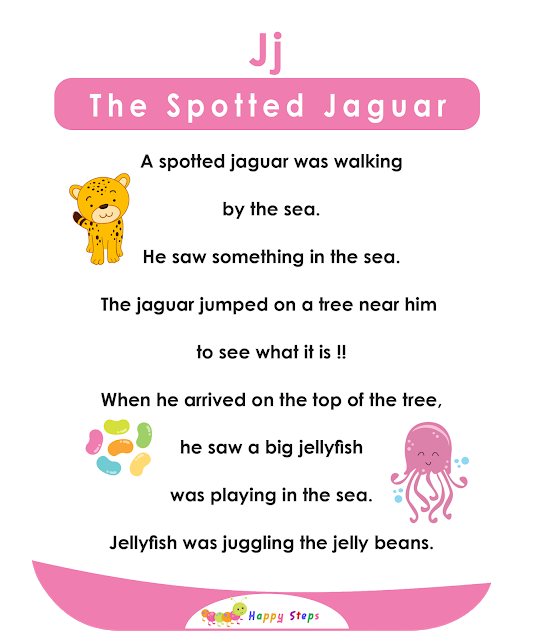 Each episode showcases a variety of words that start with a letter from the alphabet. After the introduction of each letter, a fun story is told that encompasses all the words into one wild, wacky and imaginative tale.
Each episode showcases a variety of words that start with a letter from the alphabet. After the introduction of each letter, a fun story is told that encompasses all the words into one wild, wacky and imaginative tale.
FOR PARENTS:
There are 26 episodes of Alphabet Stories, that’s one episode for each letter of the alphabet!
Each segment introduces a letter and a set of words beginning with that letter. Those words are then combined to make a “story” – a brief narrative designed to illustrate the sound of each letter. This brightly colored, animated program offers young children an excellent introduction to the look and sound of each letter in our alphabet.
- Watch the show with your child and talk about what you have seen.
- Taking turns with your child, one of you make up a list of words starting with the same letter and the other make up a story using those words. Reverse roles.
- As your child begins to recognize the letters of the alphabet, point to letters within the words (not the first letter), and ask them to identify them.
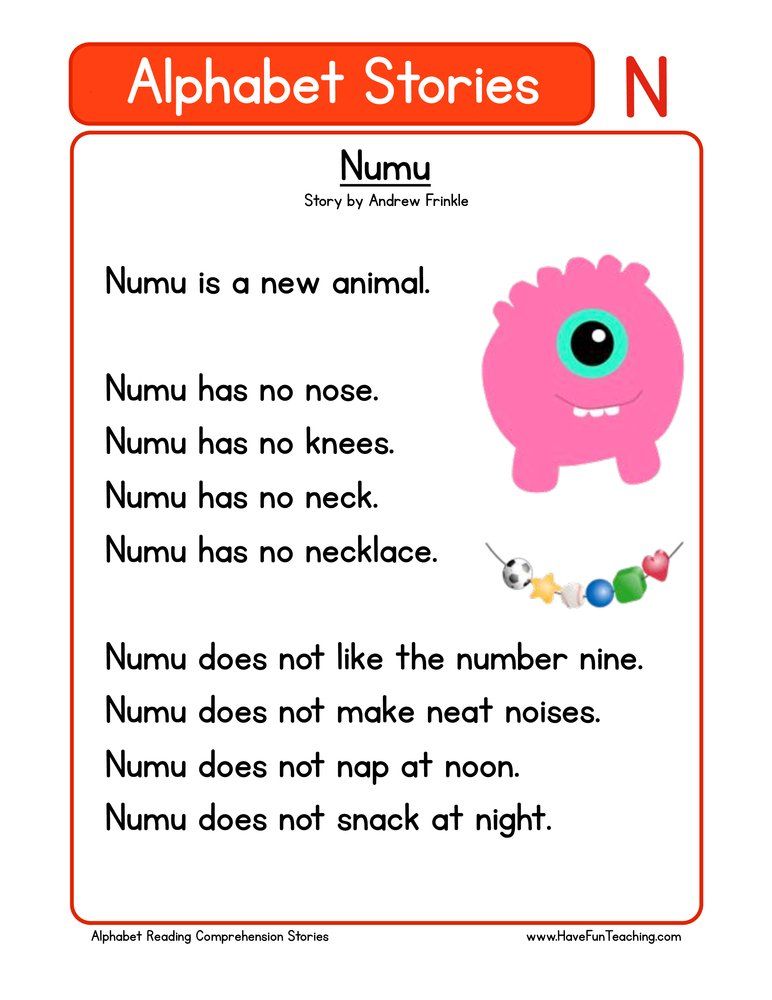
- As your child begins to recognize the letters of the alphabet, challenge them to list as many words as possible that start with each letter.
Genres
Shorts (<7 minutes)
2 - 4
Neutral
Tags
Shorts (<7 minutes)
2 - 4
Neutral
S1E1 - This is the letter ‘A’
S1E2 - This is the letter ‘B’
S1E3 - This is the letter ‘C’
S1E4 - This is the letter ‘D’
S1E5 - This is the letter ‘E’
S1E6 - This is the letter ‘F’
S1E7 - This is the letter ‘G’
S1E8 - This is the letter ‘H’
S1E9 - This is the letter ‘I’
S1E10 - This is the letter ‘J’
S1E11 - This is the letter ‘K’
S1E12 - This is the letter ‘L’
S1E13 - This is the letter ‘M’
S1E14 - This is the letter ‘N’
S1E15 - This is the letter ‘O`
S1E16 - This is the letter ‘P’
S1E17 - This is the letter ‘Q’
S1E18 - This is the letter ‘R’
S1E19 - This is the letter ‘S’
S1E20 - This is the letter ‘T’
S1E21 - This is the letter ‘U’
S1E22 - This is the letter ‘V’
S1E23 - This is the letter ‘W’
S1E24 - This is the letter ‘X’
S1E25 - This is the letter ‘Y’
S1E26 - This is the letter ‘Z’
when and where did the oldest alphabet appear, how did it develop in the world
Paying tribute to Saints Cyril and Methodius for the fact that they once created the alphabet, we sometimes forget that the history of our writing began millennia before the birth of the “solunsky brothers”.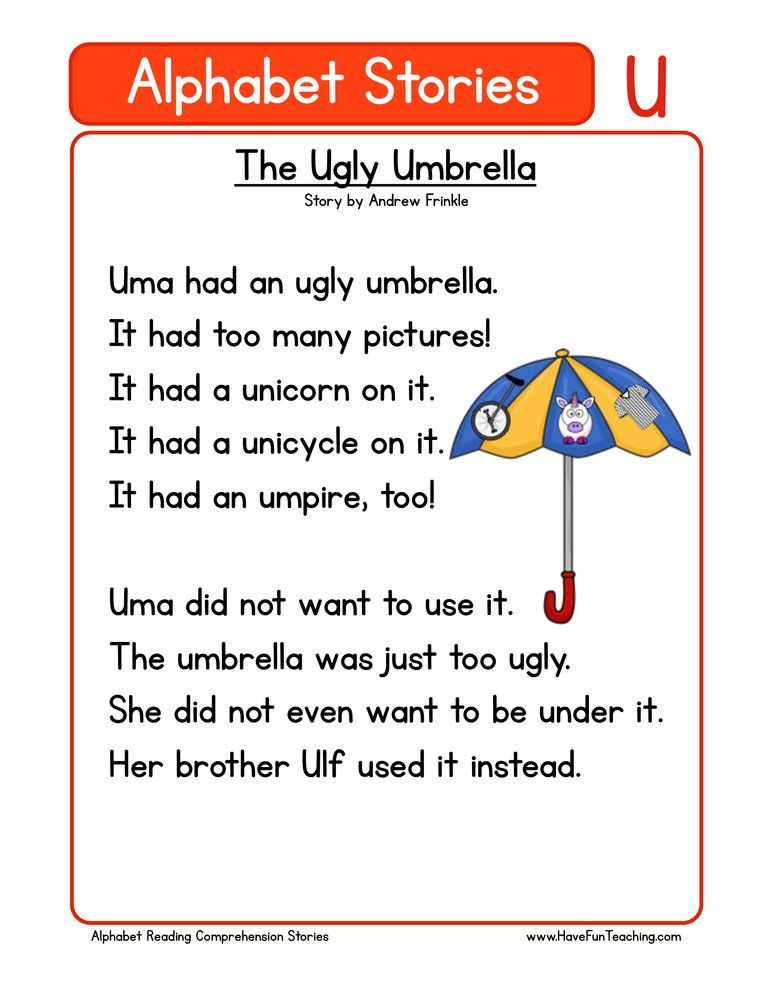 Considering the bizarre Arabic script or the openwork weaving of the Indian letter, few of us think that we have in fact the same letters we know, only written a little differently.
Considering the bizarre Arabic script or the openwork weaving of the Indian letter, few of us think that we have in fact the same letters we know, only written a little differently.
Oleg Makarov
Astonished by the diversity of the world's alphabets, we are surprised when we are told that almost all the writing systems in use in the world date back to Egyptian hieroglyphs. In addition to those that go back to Chinese hieroglyphs, the origin of the alphabet is also interesting with such a variety of sources. How simple and logical it is to write down the vowels and consonants of the language with letters. There are not so many sounds, and therefore, many letters are not needed - we get along just fine with three and a few dozen, while the English have enough for twenty-six. It is not difficult to remember the alphabetical order, it is convenient to read, you can place all the characters on a compact keyboard - but you never know the advantages of our familiar alphabet from childhood.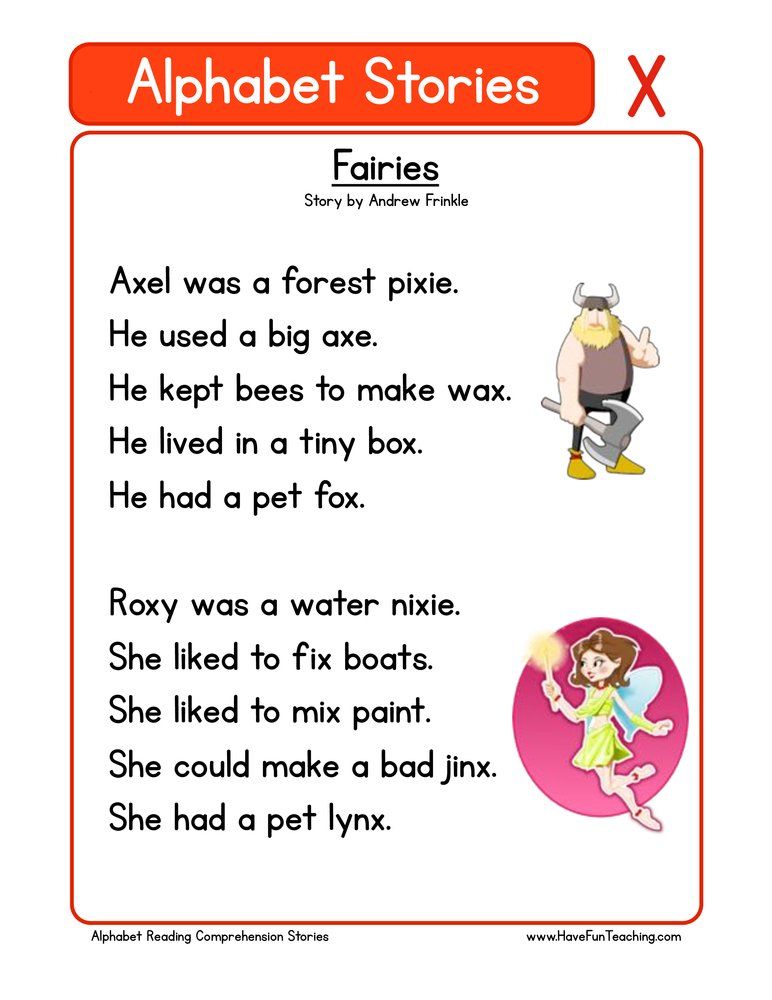 It’s just that humanity did not come to the idea of depicting the sounds of the language, and not individual words or concepts, with written signs, but it was from it that the history of the alphabet began. What the ancient Egyptians were smart about, but they didn’t even think of it, but only got closer to a brilliant solution.
It’s just that humanity did not come to the idea of depicting the sounds of the language, and not individual words or concepts, with written signs, but it was from it that the history of the alphabet began. What the ancient Egyptians were smart about, but they didn’t even think of it, but only got closer to a brilliant solution.
As you know, the history of the alphabet began in the country of the pyramids and pharaohs were written in hieroglyphs - signs, in the outline of which the drawings of people, animals and various objects were still clearly guessed. Some hieroglyphs depicted individual sounds, others - combinations of sounds, others were logograms, that is, they were read as a whole word. There were also hieroglyphs that did not designate any sounds, but acted as determinants, that is, they clarified the meaning of what was written. Often this was necessary: after all, among the signs of Egyptian writing, there was not a single symbol for depicting vowels, which sometimes made it difficult to understand words.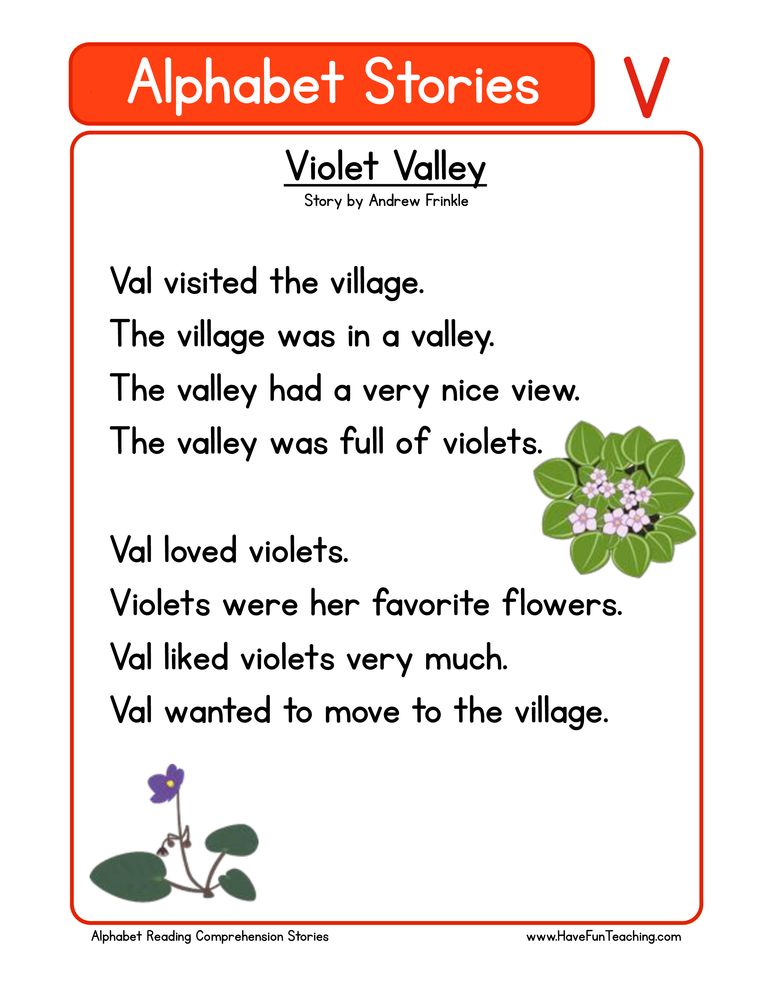 And the Egyptians created hundreds of hieroglyphs, and then thousands. By the advent of the Greco-Roman era, their number approached 5,000. In order to get from this wealth of symbols to a compact alphabet, someone was needed who could look at things more simply. Around 1700 B.C. on the walls of the mine, deepened into the bowels of the Sinai Peninsula, inscriptions appeared, consisting of roughly drawn symbols - there a prototype of the alphabet appeared. They were made by workers who mined turquoise for the Egyptian pharaohs. The miners - immigrants from Western Asia - spoke one of the West Semitic dialects of that time. Not burdened by Egyptian learning, these guest workers thought of taking only three dozen Egyptian hieroglyphs and adapting them to denote the sounds of their language. Thus, the first alphabet in history appeared, which in science received the name of the Proto-Sinaitic script. The names of the letters reflected the names of creatures or objects depicted by the corresponding hieroglyphs.
And the Egyptians created hundreds of hieroglyphs, and then thousands. By the advent of the Greco-Roman era, their number approached 5,000. In order to get from this wealth of symbols to a compact alphabet, someone was needed who could look at things more simply. Around 1700 B.C. on the walls of the mine, deepened into the bowels of the Sinai Peninsula, inscriptions appeared, consisting of roughly drawn symbols - there a prototype of the alphabet appeared. They were made by workers who mined turquoise for the Egyptian pharaohs. The miners - immigrants from Western Asia - spoke one of the West Semitic dialects of that time. Not burdened by Egyptian learning, these guest workers thought of taking only three dozen Egyptian hieroglyphs and adapting them to denote the sounds of their language. Thus, the first alphabet in history appeared, which in science received the name of the Proto-Sinaitic script. The names of the letters reflected the names of creatures or objects depicted by the corresponding hieroglyphs.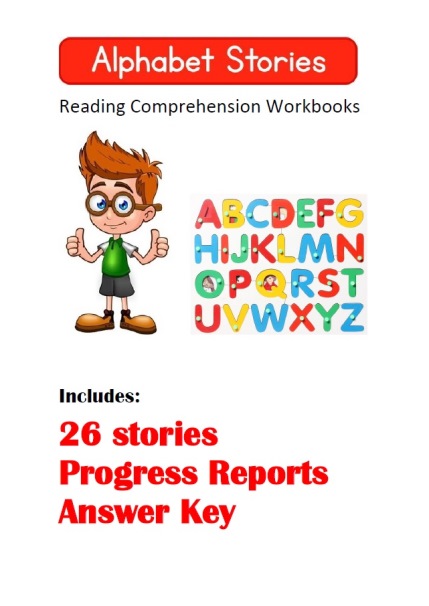
The history of the alphabet began with symbols
If we turn the letter "A" upside down, we will see a symbol that remotely resembles a horned cattle. Bull, ox - "aleph" in the Semitic languages - became the first letter of the ancient alphabet, which is used in a slightly modified form by almost the whole world. The second letter is "beit" - "house" - something closed in the walls, the third letter - "gimel" - a broken line, a throwing weapon like a boomerang, the fourth character is "dalet", which means "door". Aleph, beit, gimel, dalet - having heard these words, we already know for sure that the names of the first four letters of the Greek alphabet - "alpha", "beta", "gamma", "delta" - are not of Greek origin at all. Before becoming the basis of the Greek and many other alphabets, the Proto-Sinaitic script underwent a major transformation. Having spread from the mines of Sinai to the territory of Palestine and Lebanon (proto-Canaanite writing), this writing system gave rise to two branches of the Eurasian alphabets.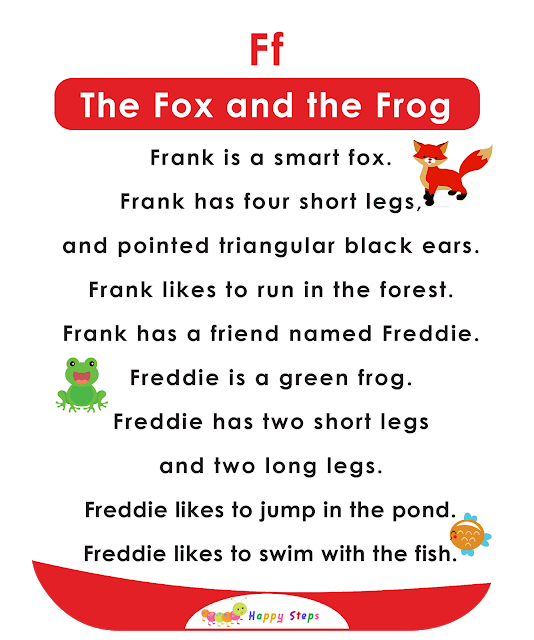 One of them sprouted in the Arabian Peninsula, embodied in the South Arabian or Sabaean script, and then sprouted in Africa, giving rise to the alphabet for the ancient Ethiopian language gyyz and its descendants.
One of them sprouted in the Arabian Peninsula, embodied in the South Arabian or Sabaean script, and then sprouted in Africa, giving rise to the alphabet for the ancient Ethiopian language gyyz and its descendants.
Another branch of the history of the alphabet was much more prolific. Its main escape was the Phoenician alphabet, which arose around the 12th century BC. If the letters of the Proto-Sinaitic script still quite strongly resembled the "animals" of Egyptian hieroglyphic writing, then the lines of the Phoenician alphabet were much more abstract. The paths of drawing and letters diverged forever.
The Phoenicians, a people of seafarers, settled throughout the Mediterranean, and it is not surprising that the neighbors soon began to adopt elements of their culture, as well as the recently evolved Phoenician alphabet. Somewhere between the 12th and 9th centuries BC The Greeks borrowed the Phoenician script, making one important change to the alphabet, which we will talk about a little later.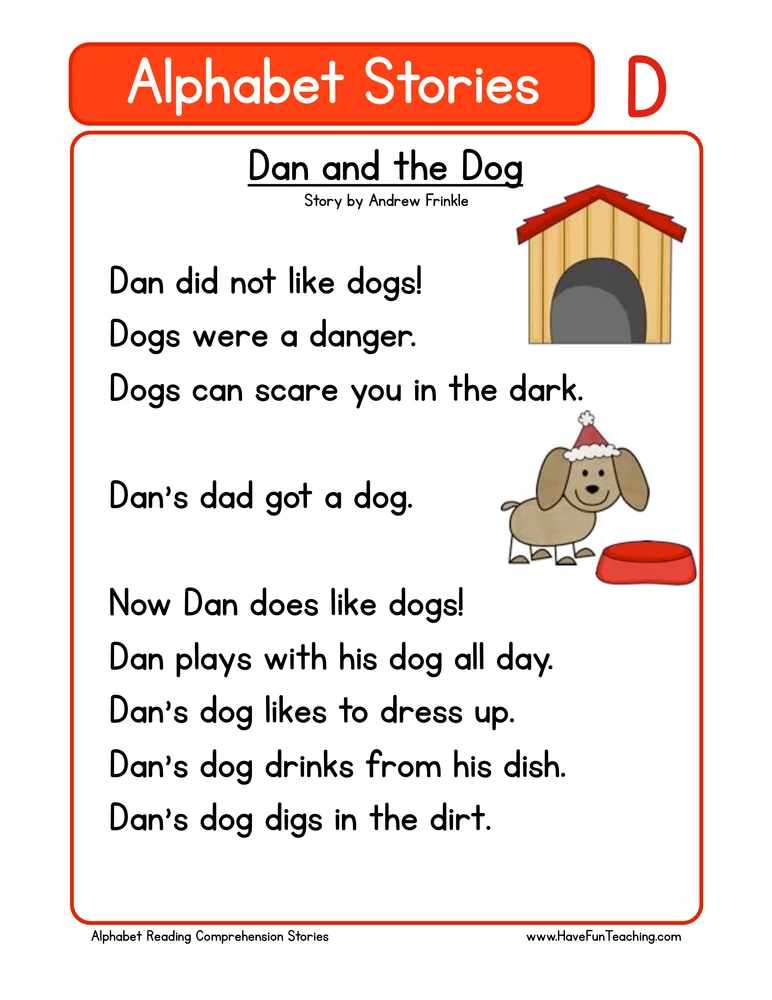 The Latin and Etruscan alphabets, the Scandinavian runes, and, of course, the Slavic alphabets — Cyrillic and Glagolitic — trace their genealogy from Greek writing. Moreover, if the ornate symbols of the Glagolitic alphabet really differ in their original style, then the Cyrillic alphabet is just a Greek letter adapted to Slavic phonetics.
The Latin and Etruscan alphabets, the Scandinavian runes, and, of course, the Slavic alphabets — Cyrillic and Glagolitic — trace their genealogy from Greek writing. Moreover, if the ornate symbols of the Glagolitic alphabet really differ in their original style, then the Cyrillic alphabet is just a Greek letter adapted to Slavic phonetics.
History of the Aramaic alphabet
What language did Jesus Christ speak? Not in Hebrew, in which the books of the Old Testament are written and which, by the 1st century A.D. has become almost a dead language. And not in Greek, in which the evangelists wrote. As a result of the Assyrian-Babylonian conquests, Aramaic became the language of international communication in Asia Minor - lingua franca. The history of the alphabet, directly related to the language of Christ and the apostles, which is still alive today, includes a slightly modified version kept by the Assyrian Aisors, a people living in the diaspora, including in Russia.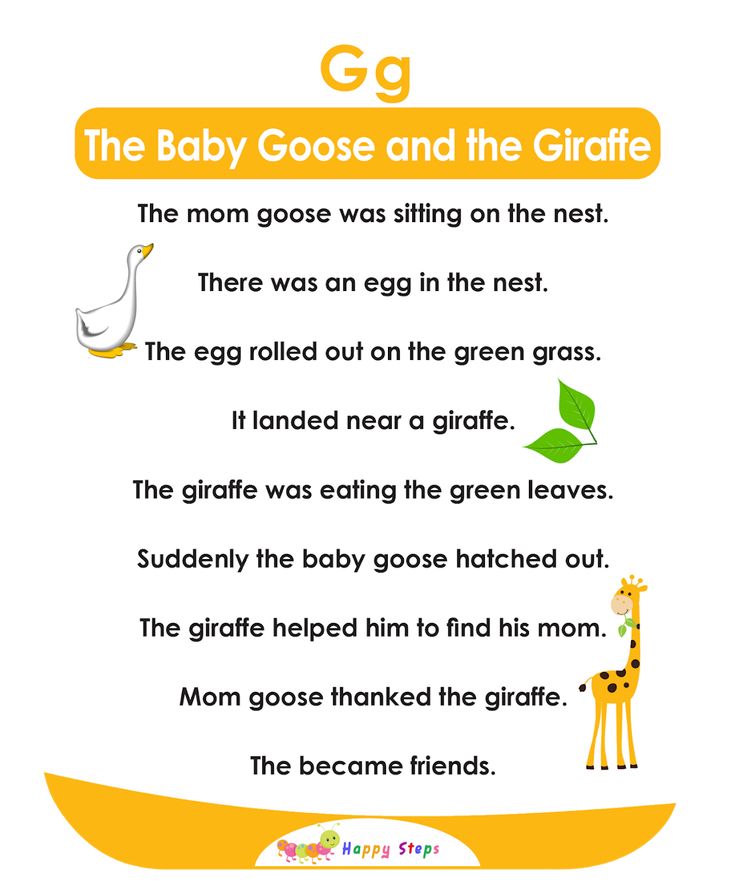
The Aramaic alphabet of antiquity developed on the basis of the Phoenician script, and thanks to the exceptional role played by the Aramaic language in the life of the Middle East, this alphabet became the ancestor of a huge historical branch of alphabets.
The first four letters of the Semitic alphabet - "alef", "beit", "gimel", "dalet" - were transformed into the Latin ABCD and into the Russian ABCD. Instead of the original four letters, there are five letters in the Cyrillic script. Why? The fact is that when the Slavs actually borrowed a letter from the Byzantine Greeks, the letter "beta" already denoted the sound "v" and had the name "vita". Since the sound "b" is present in the Slavic languages, it was necessary to invent a new letter on the basis of "beta" - "vita". By the way, in modern Greek there is no letter “b”, and this sound is transmitted by a combination of the letters “mu” and “pi”, that is, as “mp”. It is also interesting why in the Latin alphabet instead of "ge" is "tse".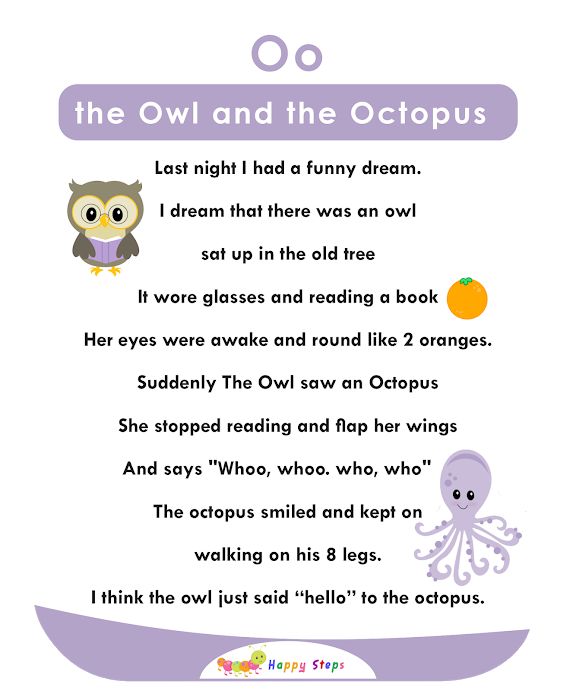 Here, too, the reason lies in language changes. Initially, the letter "C" in Latin denoted back-stop sounds - "k" and "g". Later, to distinguish the voiced consonant from the voiceless, an additional element was added to the letter "C", resulting in the letter "G". As the Latin language developed, in some cases the letter "C" began to be read as "ce", while in others it retained its back-sounding sound. Therefore we read Caius Julius Caesar as Gaius Julius Caesar. Thus, the Latin letter "C" is a relative of our "G" and the Greek "gamma", and not the Russian letter "C" at all, as one might think.
Here, too, the reason lies in language changes. Initially, the letter "C" in Latin denoted back-stop sounds - "k" and "g". Later, to distinguish the voiced consonant from the voiceless, an additional element was added to the letter "C", resulting in the letter "G". As the Latin language developed, in some cases the letter "C" began to be read as "ce", while in others it retained its back-sounding sound. Therefore we read Caius Julius Caesar as Gaius Julius Caesar. Thus, the Latin letter "C" is a relative of our "G" and the Greek "gamma", and not the Russian letter "C" at all, as one might think.
The Hebrew alphabet, in which the earliest books of the Old Testament were written, descended directly from the Phoenician script and differed little from the most ancient Semitic scripts. However, the so-called "square" script used in modern Hebrew and Yiddish originates from the Aramaic alphabet. From the beginning of the history of the origin of this alphabet, the Arabic script and the Syriac alphabet used by the Aysors trace their genealogy.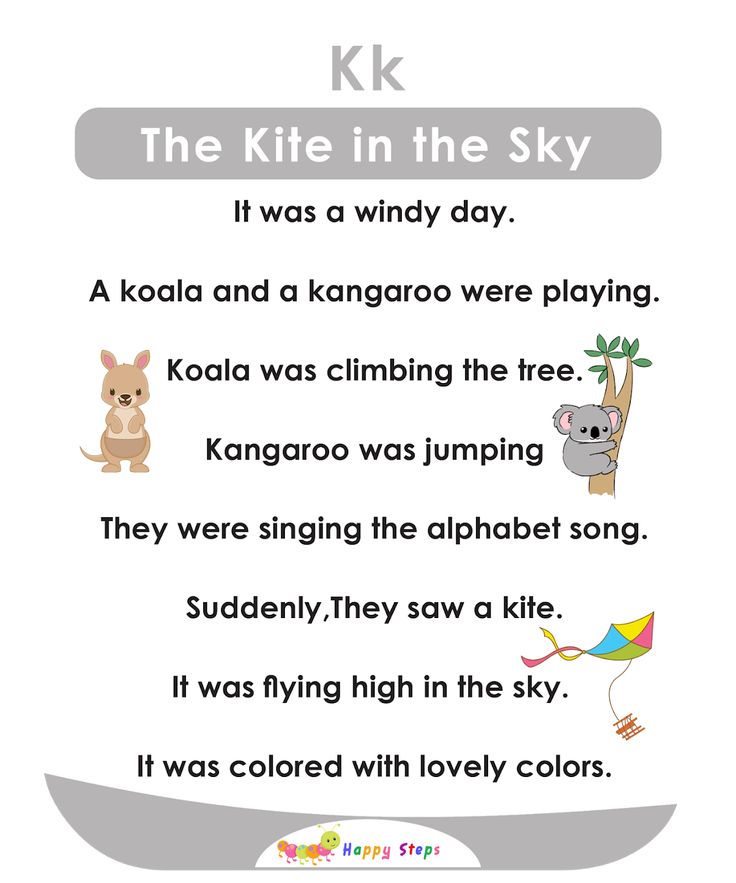 Indian patriots are sure that all Indian scripts start from the origin of the Brahmi alphabet, invented, of course, in India. How could the birthplace of chess not come up with its own letters? Linguists around the world are ready to agree that it was Brahmi that became the basis for a huge branch of the alphabets of Hindustan, Tibet and Indochina. But there are big doubts about the purely Indian origin of this letter. Too strongly the Brahmi symbols resemble the letters of the same Aramaic alphabet, and the borrowing hypothesis seems to be the most scientifically sound. Scientists argue only about whether the Aramaic alphabet really became the prototype of Brahmi or whether the first alphabet of India originates from the ancient South Arabian branch of the Semitic script.
Indian patriots are sure that all Indian scripts start from the origin of the Brahmi alphabet, invented, of course, in India. How could the birthplace of chess not come up with its own letters? Linguists around the world are ready to agree that it was Brahmi that became the basis for a huge branch of the alphabets of Hindustan, Tibet and Indochina. But there are big doubts about the purely Indian origin of this letter. Too strongly the Brahmi symbols resemble the letters of the same Aramaic alphabet, and the borrowing hypothesis seems to be the most scientifically sound. Scientists argue only about whether the Aramaic alphabet really became the prototype of Brahmi or whether the first alphabet of India originates from the ancient South Arabian branch of the Semitic script.
The Brahmi alphabet originated in India no later than the 5th century BC. BC. and became the root for three branches of Indian writing. The northern branch is represented by alphabets, the most famous of which is Devanagari - this script is used in modern Hindi and to reproduce texts in Sanskrit.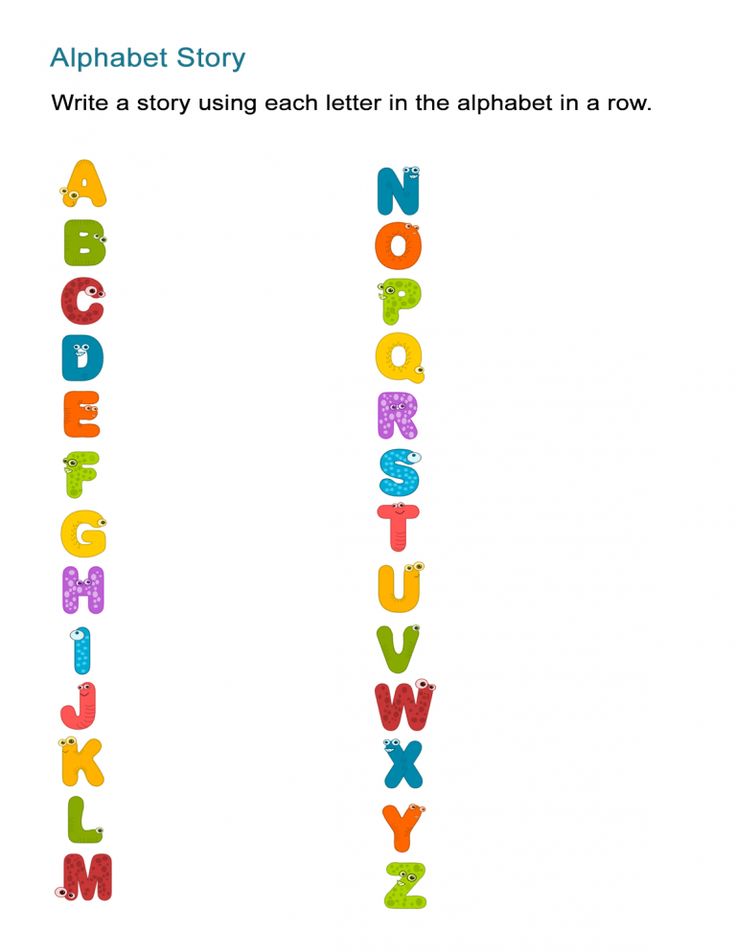 Tibetan writing also belongs to this branch.
Tibetan writing also belongs to this branch.
The southern branch includes the scripts of South India - Kannada, Telugu, Malayali and Tamil. The southeastern branch is represented by the scripts of Burma, Laos, Thailand and Cambodia. As you can see, the history of this alphabet has tens of thousands of kilometers and many variations.
The history of the alphabet: how writing appeared
Strange as it may sound, the letter “A” (or rather, its distant ancestor “aleph”) was intended to denote a consonant sound. As we remember, in the ancient Egyptian letter, as well as in the Proto-Sinaitic letter originating from it, there were no letters for vowel sounds. It is now difficult to understand the reasons for this discrimination due to such a long history of the alphabet, but the ancient inventors of writing for some reason believed that the vowels of individual characters were unworthy. Allegedly, everything is clear even without them, but the history of the alphabet has shown that this is not so.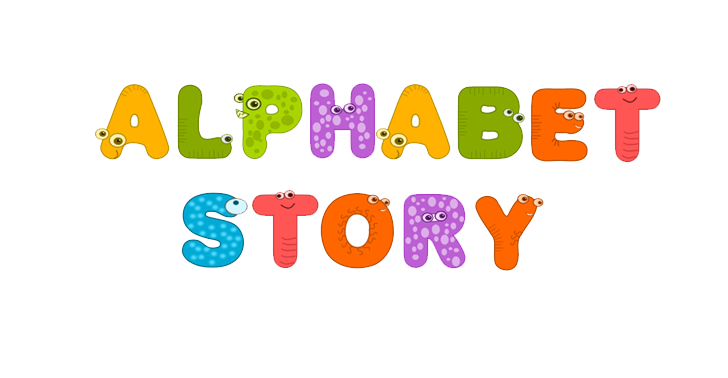 The question of how to deal with vowels after all became the cornerstone of the further development of alphabets. In alphabets of the "abjad" type (or consonantal type), vowels remain discriminated. Both Arabic and Hebrew scripts use only letters to represent consonants. And only in sacred texts and literature for young children are vowels used - special signs for vowels, as the history of the alphabet and writing counts.
The question of how to deal with vowels after all became the cornerstone of the further development of alphabets. In alphabets of the "abjad" type (or consonantal type), vowels remain discriminated. Both Arabic and Hebrew scripts use only letters to represent consonants. And only in sacred texts and literature for young children are vowels used - special signs for vowels, as the history of the alphabet and writing counts.
At the same time, even in the Aramaic alphabet, a system called matres lectionis was used in linguistics. Its meaning is that the letters denoting semi-vowel sounds, such as "y", the aspirated "x", the labial "wa" began to be used to designate vowels. Not all and not always, but the departure from the principle of "we designate only consonants" took place in ancient times. Finally, according to the history of the alphabet, the ancient Greeks separated vowels and consonants, creating a consonant-vocal writing, which we, in fact, use. The letter "A", derived from the drawing of a bull's head and depicting the once semi-consonant sound of the "hard attack" type (slight closing of the larynx in the path of the air flow), began to denote the vowel sound "a" and nothing more.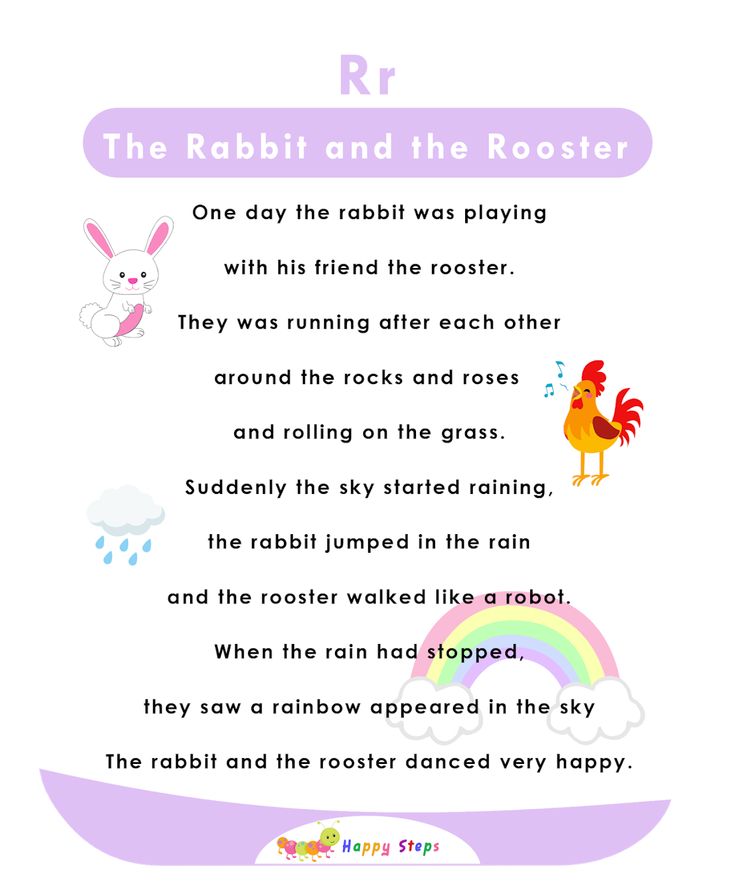
Another solution is syllabic writing. If a special icon denoting a vowel is attached to a letter denoting a consonant, then you get a series of letters - for example, "ga", "go", "gu", "gi", "ge" - united by a common base symbol. Alphabets of this type are called "abugida" in science. This is the name of the Ethiopian alphabet (similar to our "ABVGD", isn't it?), in which this very principle is implemented. The Indian alphabets are built exactly according to the same system, according to the history of the alphabet, where special signs are used to designate vowels, merged with a letter denoting a consonant sound.
Celestial writings
Almost all countries today use letters that originate from the inscriptions on the walls of an ancient mine. Except three: China, Japan and Korea.
The first inscriptions on fortune-telling bones and turtle shells, which marked the beginning of the history of Chinese writing, appeared about 2500 years ago.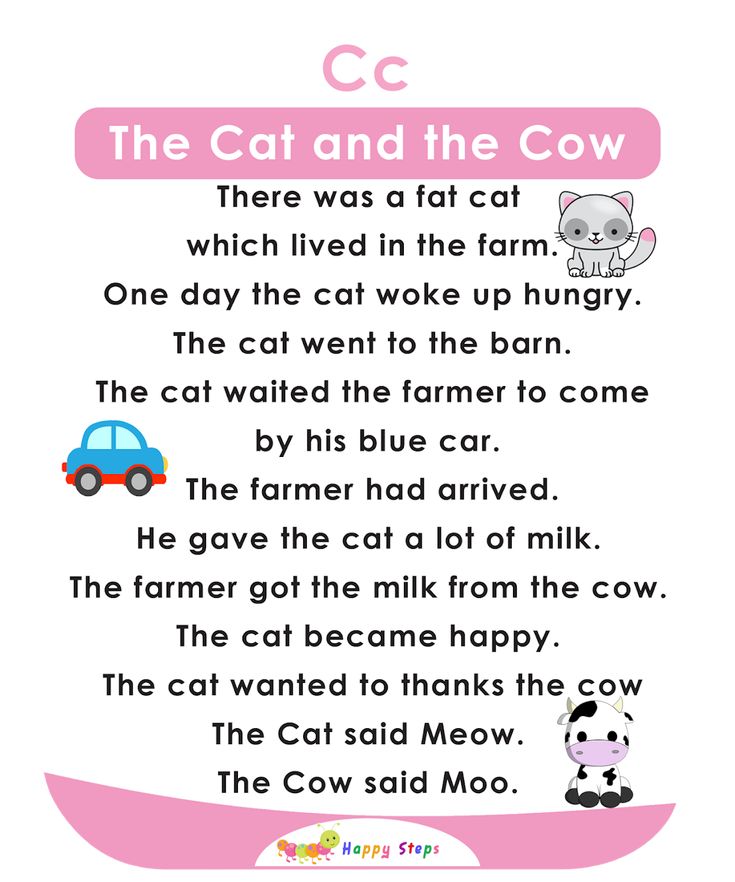 Since then, almost 90,000 characters have been invented by the inventive Chinese. In the modern language, no more than 6000-7000 hieroglyphs are used, however, the inhabitants of the Celestial Empire did not come to the idea of a phonetic alphabet. The Japanese, who borrowed hieroglyphs from the Chinese in the 7th century. AD, have a completely different structure of the language, and therefore, in order to add endings to the hieroglyphs, as well as to record borrowed words, they had to create two whole syllabaries - hiragana and katakana - however, based on the same hieroglyphics. The Korean phonetic script Hangul also goes back to Chinese characters, in addition, Chinese characters are used to a limited extent in South Korea. In earlier times, hieroglyphic writing was more widespread - for example, it was used in Vietnam, but today, as you know, the Vietnamese write in Latin letters, which come from the Proto-Sinaitic root. "Bull", "house", "boomerang", "door" ... turned out to be stronger.
Since then, almost 90,000 characters have been invented by the inventive Chinese. In the modern language, no more than 6000-7000 hieroglyphs are used, however, the inhabitants of the Celestial Empire did not come to the idea of a phonetic alphabet. The Japanese, who borrowed hieroglyphs from the Chinese in the 7th century. AD, have a completely different structure of the language, and therefore, in order to add endings to the hieroglyphs, as well as to record borrowed words, they had to create two whole syllabaries - hiragana and katakana - however, based on the same hieroglyphics. The Korean phonetic script Hangul also goes back to Chinese characters, in addition, Chinese characters are used to a limited extent in South Korea. In earlier times, hieroglyphic writing was more widespread - for example, it was used in Vietnam, but today, as you know, the Vietnamese write in Latin letters, which come from the Proto-Sinaitic root. "Bull", "house", "boomerang", "door" ... turned out to be stronger.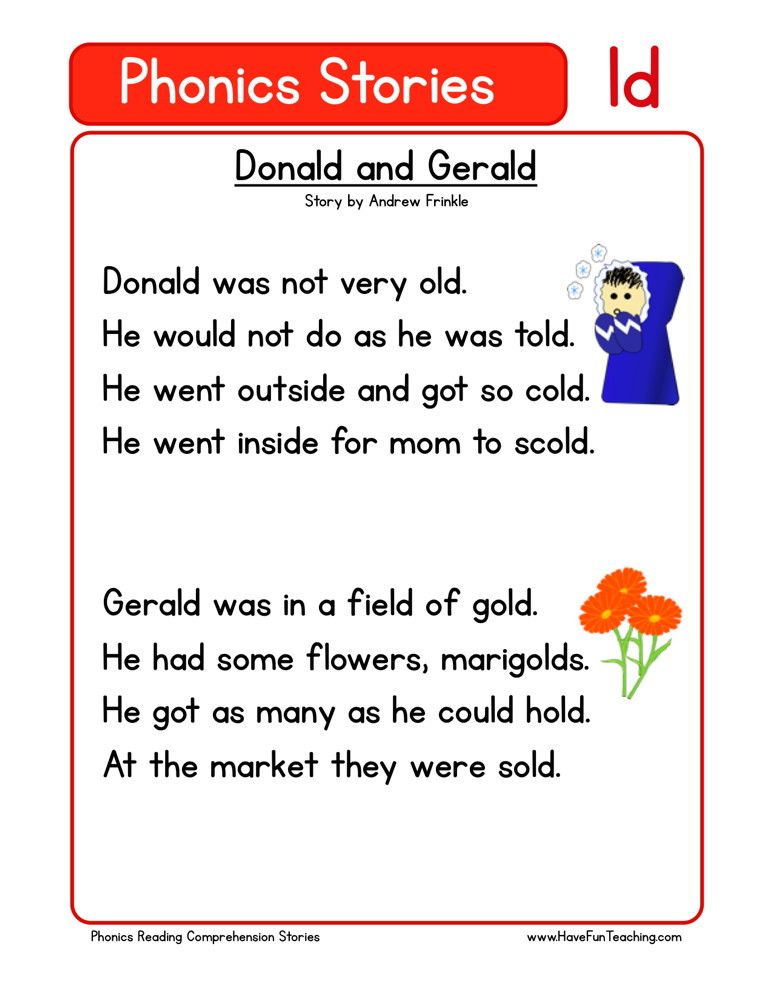
Where the alphabet was invented, who created the alphabet - the history of the world's first ancient alphabet (grade 5)
4.2
Average rating: 4.2
Total ratings received: 68.
Updated March 1, 2021
Average rating: 4.2
Total ratings received: 68.
Updated March 1, 2021
The first writing arose in ancient Egypt, but not the alphabet, but hieroglyphs, was used to write words. In the 19th century BC e. for the Semitic tribe, an alphabet was created based on hieroglyphs - Proto-Sinaitic writing. Along with hieroglyphs, the oldest writing system that appeared in the 4th millennium BC. e., is the cuneiform of Mesopotamia.
Phoenician alphabet
The first alphabet was created in the Canaanite state of Phoenicia. It mainly occupied the territory of modern Lebanon.
Rice. 1. Egyptian hieroglyphs. The Phoenician civilization was trade and handicraft. It differed from Egypt and Mesopotamia, since those states were formed near large rivers as agricultural ones.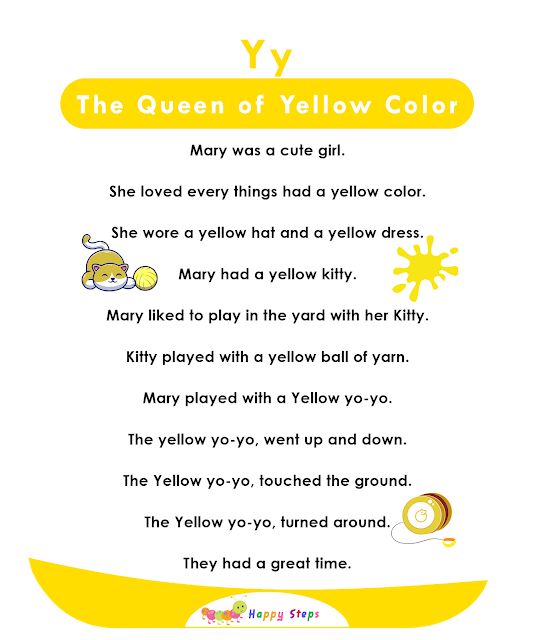
Phoenician writing appeared in the 15th century BC. e. It consisted of 22 characters, without vowels, so it was called consonantal. The Phoenician alphabet was also used in the Punic language at Carthage in what is now Tunisia, as well as in the Moabite, Philistine, and Ammonite languages.
The Phoenicians wrote the text from right to left. The oldest document that contains text in the Phoenician alphabet is the Mesha Stele, found on the territory of modern Jordan. It was created in the 9th century BC. e. and is made of black basalt, and the text is written on behalf of the Moab king Mesh. From the Phoenician alphabet, the letter “O”, which is in the Greek, Latin and Cyrillic alphabets, has reached the present.
Egypt may have been the place where the alphabet was invented. Some modern scientists think so. Graffiti found in central Egypt dates back to 1800 BC. e. The Semitic alphabet had about 30 characters. The writing systems of the middle Bronze Age have not yet been deciphered.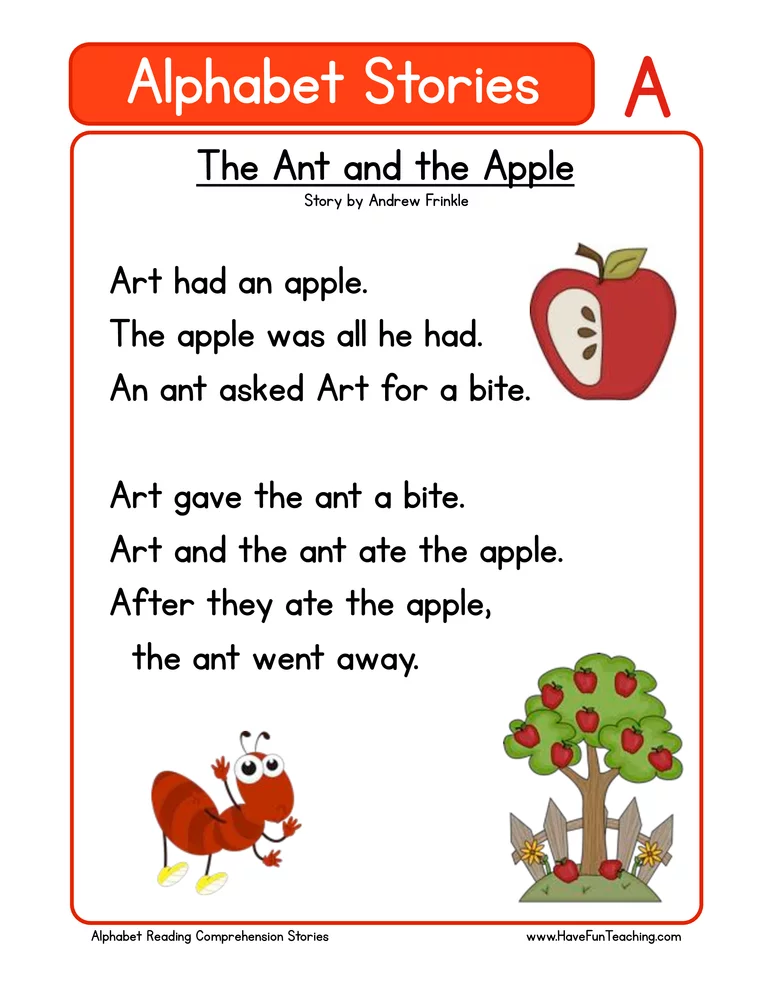
Development of the Phoenician script
Another alphabet that appeared in the ancient East is Aramaic. It arose several centuries later than the Phoenician, in the 7th century BC. e., and became official in the vast Persian empire of the Achaemenids. It covered the territory between the Aegean Sea and the Indus River. From the imperial Aramaic alphabet came the modern Hebrew alphabet. The Arabic alphabet also evolved from Aramaic, but through Nabataean. The latter arose in the II century BC. e. in the south of modern Jordan and was used until the 4th century AD. e. It also had 22 letters. At the beginning of our era, the Syriac alphabet appeared, and later it developed into the Sogdian script to write the languages \u200b\u200bof the Iranian group. From him came the Old Uyghur script, which was used from the 8th to the 16th century AD. e., and then it was supplanted by the Arabic alphabet. At the end of the 12th century, an old Mongolian script appeared on its basis, and later - Manchu and Oirat.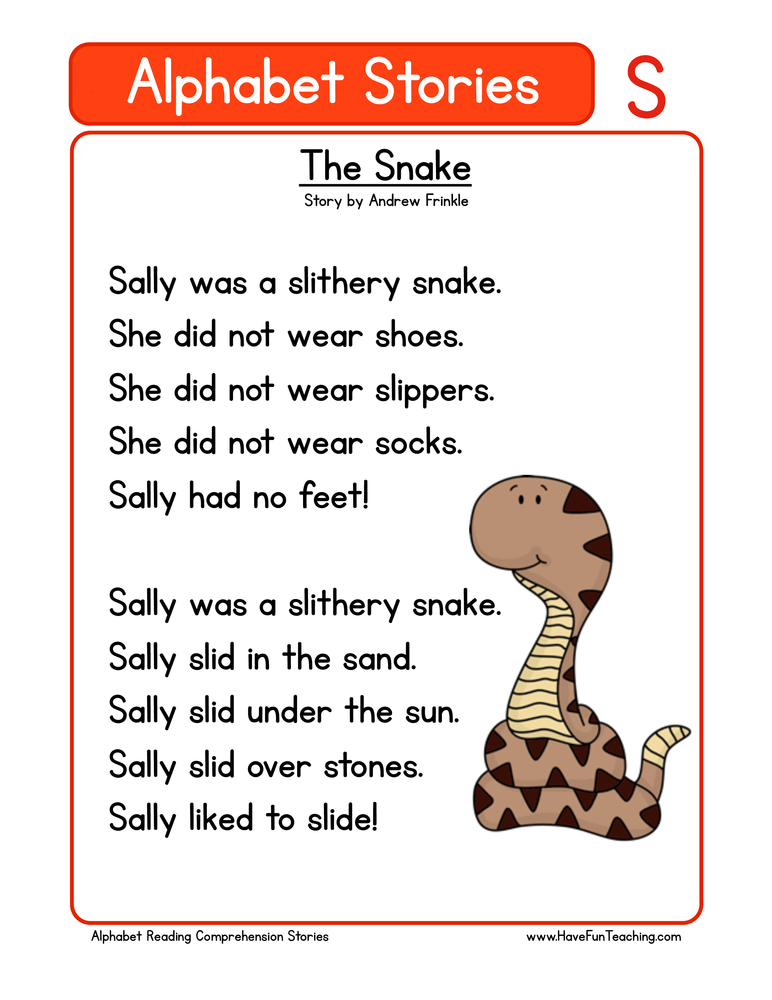
Greek became the 1st alphabet with vowels. It originated in the 9th-8th centuries BC. e., that is, after the Dorian invasion and closer to the initial stage of the great Greek colonization of the Mediterranean and other seas. Before him, for example, in Crete and Cyprus, the Cypriot-Minoan script was used. The Phoenician letter "aleph" in the Greek alphabet became known as "alpha", and "gimel" - "gamma".
Like the Phoenicians, the Greeks were a civilization closely associated with maritime trade. Under the influence of the Greek alphabet, the Etruscan, Armenian, Coptic, and Latin alphabets were created around 700 BC. e. and Cyrillic in the 9th century AD. e.
Rice. 3. Phoenician alphabet.What have we learned?
To understand the history of writing, one should know when and where the first alphabet appeared and who created it. This is studied in the school history course of the 5th grade. The oldest alphabet in the world was invented by the Phoenicians about 3,000 years ago.

